Royal Marines Reservists have completed two weeks of demanding exercises in Dorset and Wales to refine their combat readiness and align their skills with regular forces, according to the Royal Navy.
The training, known as Exercise Campbell Hardy, brought together reservists from across the country for advanced drills using Viking armoured vehicles and updated commando tactics.
Organised by Royal Marines Reserve (RMR) Merseyside, the exercise tested participants in both rural and urban environments, focusing on protected mobility, leadership, and realistic combat scenarios.
Warrant Officer 2 James Lynskey, chief training instructor at RMR Merseyside, said the event “gave Royal Marine Reservists a great experience in using protected mobility and practising commando force tactics with the added realism of TES.” He added that the exercise “helped close a residual gap that exists between regulars and reservists after they have completed commando training” and “pushed them to their limits in a challenging yet operationally realistic environment.”
Now in its fifth year, Exercise Campbell Hardy, named after a Second World War commando leader and former Commandant General Royal Marines, aimed to develop command and leadership skills under pressure while integrating new tactics and equipment being introduced across the Corps.
Throughout the exercise, the reservists practised reconnaissance patrols, established observation posts, and conducted close-quarter battle drills. The final test required them to clear a mock village, combining lessons from both phases of training.


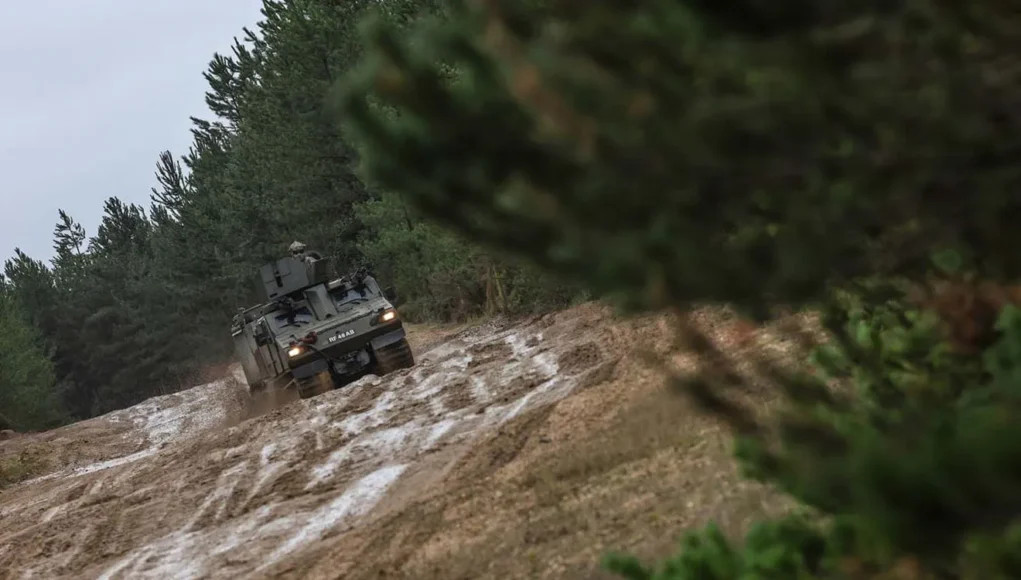
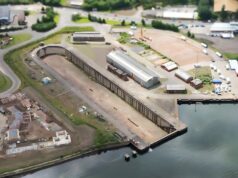
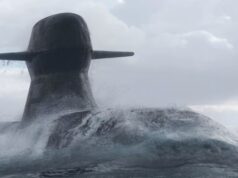
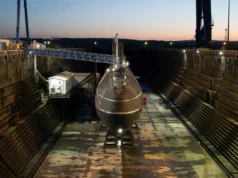
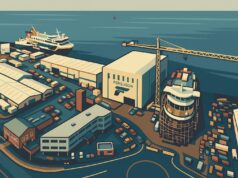
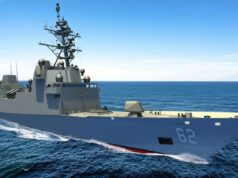
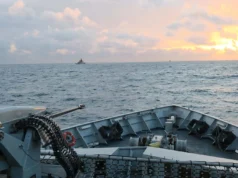

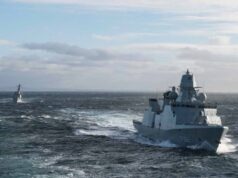
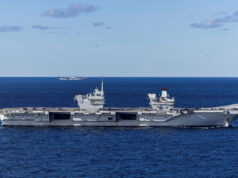
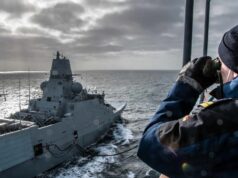

Nice to see Reservists in action. I know the Regulars are sometimes a little hard on the part timers but many of these Troopies are ex-Regulars and others have civvie skills that are useful to the British Army. In SA I was with the old Natal Parks board as an Honourary Officer which was the body that looked after the Provinces Game Reserves headed up by Ian Player . The NPB was a quasi-Police/Military organisation that typified Ranger Units in much of the former British Empire in Africa. They wore Khaki and observed all the normal parade ground rituals plus were obviously armed. Main tasks included anti-Poaching ops, policing in support of the Ordinance and undercover work. Our Unit had serving and retired Police and Military, specialists in various fields plus a number of retired or former Game Rangers from SA and Zim. We backed up the full timers across the board.
The problems with the reserves are not to do with the skills of individual soldiers (although that is very variable from individual to individual) but with their equipment, organisation, and lack of mobilisation criteria or plans. As things stand, the only way we use reserves is either to fill gaps in Regular units as individual replacements (or in the case of RWY crew replacements) or at most as sub units for something like Op Tosca. I don’t even know the last time the AR/TA did anything at unit level.
I think 6 and 7 Rifles ran TOSCA a few years ago (as in BGHQ as well as the deployed sub unit.)
Hi Dern, I would assume RMR personnel are trained to a very high standard and equipped as per theirregularcolleagues, considering the RM’s are effectively Tier 2 SF assets these days and employed very much as such.
They really would need to be physically fit and effectively ready to slot into a deploying unit at comparatively short notice.
Their regular colleagues aren’t even equipped as per their promotional material, so I doubt the RMR are terribly well equipped.
I’ve also posted a bit here about the SOF-ness of UKCF, let’s just say they can’t really seem to make up their mind about whether they want to be SOF, or whether they want to be conventional, and so kind of are in this weird identity crisis that doesn’t really make a whole lot of sense.
Anyway the one thing I’ll give the RMR is at least it’s understood to just be a small BCR force that generates 600 bodies to step into vacancies and doesn’t pretend or waste reasources on a large force that is operationally useless like the AR does.
19X exercised a reserve battlegroup last year on EX RHINO HEART, based around 2 R IRISH with augmentees from across the brigade. It can be done. That said, 2 R IRISH are extremely well recruited.
Rhino Heart only creates a BG by bringing reservists from multiple countries together to form a single Battlegroup. Last year it was based around 4 Yorks, and was augmented by calling up volunteers from 4(!) other units, including 2 RI. This year it’s around 3 Anglains, and they didn’t just bring augmentees from across the brigade, but from across the entire army reserve, further demonstrating the lack of organisation and inability of the AR to operate as anything other than BCR’s since those augmentees, especially the CS and CSS ones would be needed to support manuever formations in the regular army.
Also very telling that an exercise that got, maybe (by the time you remove the American and Germans from the BG), 300 reservists into the field is touted as the “Largest reserve exercise since Lion Heart.”